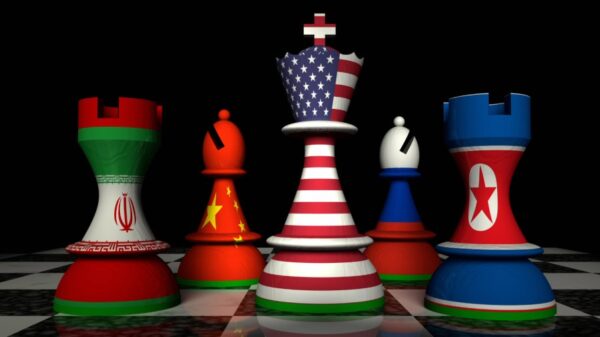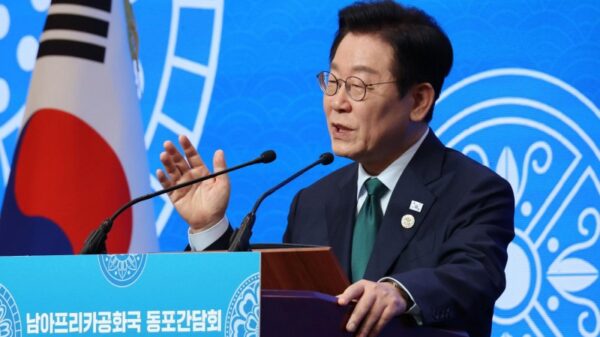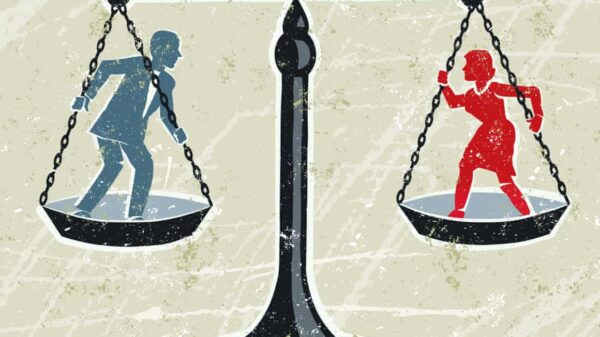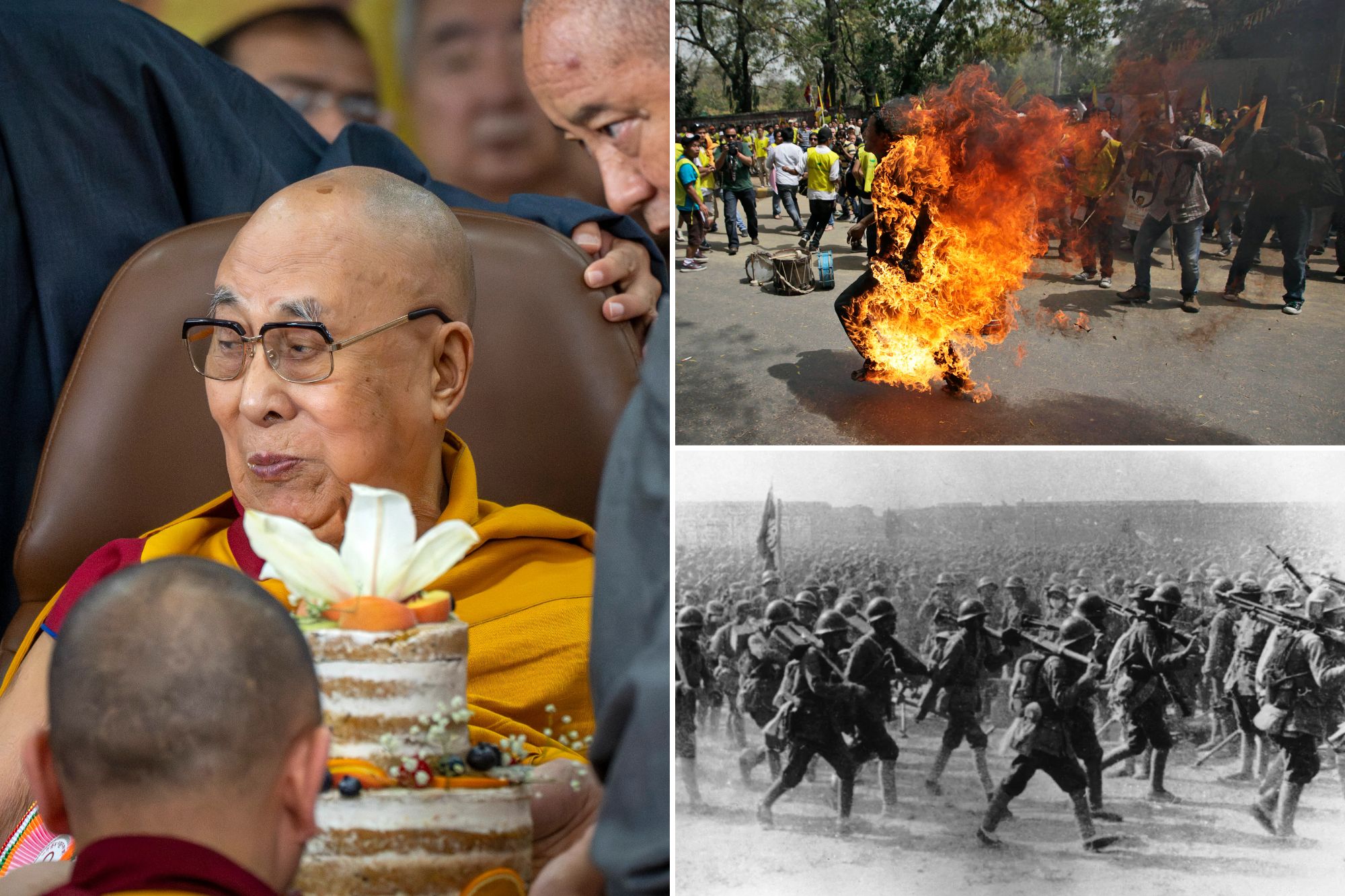The Dalai Lama has taken a significant step towards ensuring the future of Tibetan culture and identity by announcing plans for his succession. On March 12, 2024, shortly before his 90th birthday, he confirmed that his successor will be chosen by a group of his most trusted followers, representing a direct challenge to the Chinese Communist Party (CCP). This decision comes as a response to nearly 75 years of Chinese rule over Tibet, characterized by efforts to suppress Tibetan identity and culture.
Traditionally, the selection of the Dalai Lama’s successor involves a spiritual process guided by high-ranking lamas who utilize dreams, divinations, and oracles. However, this time, the Dalai Lama has emphasized that the search for his reincarnation must take place in the “free world,” outside Tibetan territories under Chinese control. This pivotal announcement raises crucial questions about the future political and spiritual leadership of Tibet.
Tibet, home to approximately 6 million Buddhists, has faced severe challenges under Chinese governance. Since the invasion and annexation in 1950, the region has been subjected to extensive exploitation of its natural resources, forced relocation into state-run housing, and a systematic attempt to erase its unique culture. The CCP has implemented policies that have stripped Tibetans of their traditional lifestyles, including coercive educational programs that aim to assimilate Tibetan children into Han Chinese culture.
The Dalai Lama, recognized globally as a spiritual leader, has been a persistent advocate for Tibetan rights and autonomy. His efforts have often placed him at odds with the CCP, which has sought to undermine his influence. In 1995, the Chinese government forcibly removed a young boy identified as the next Panchen Lama, a move that exemplified its attempts to control Tibetan religious leadership. That boy’s whereabouts remain unknown, illustrating the lengths to which the CCP will go to impose its authority.
Despite the oppressive measures employed by Beijing, the Dalai Lama has remained a symbol of resistance. His commitment to nonviolence, even when he downgraded demands for complete independence to calls for greater autonomy within China in 1988, has not quelled Chinese repression. In recent years, hundreds of Tibetans have resorted to self-immolation as a form of protest, drawing attention to their plight and seeking international support.
The international community’s response to Tibet’s situation has been limited. As Western dependency on China has increased, the Dalai Lama’s visibility has diminished. The notion that economic engagement could lead to political liberalization in China has proven to be misguided, as seen by the increasing censorship of international voices and the silencing of dissent within Tibet.
India, which hosts over 100,000 Tibetan refugees, has been cautious in its approach to the Dalai Lama, often refraining from overt support for his leadership. While the Indian populace holds deep respect for him, the government frequently prioritizes diplomatic relations with China over the rights of Tibetan people. This delicate balance raises concerns about the future of Tibetans once the Dalai Lama passes.
The Dalai Lama’s legacy is a complex one. His efforts have kept the Tibetan cause alive on the global stage, but the ongoing destruction of Tibetan culture remains a stark reality. The responsibility now lies with the international community, particularly the United States, to advocate for the Tibetan people’s right to choose their leader and support their cultural heritage.
The Dalai Lama’s recent announcement may disrupt the CCP’s plans to control his succession, but the broader challenge of safeguarding Tibet’s identity continues. As the world watches, it becomes increasingly clear that the future of Tibet depends on the collective will of those who stand for peace and justice against oppressive regimes.








































































